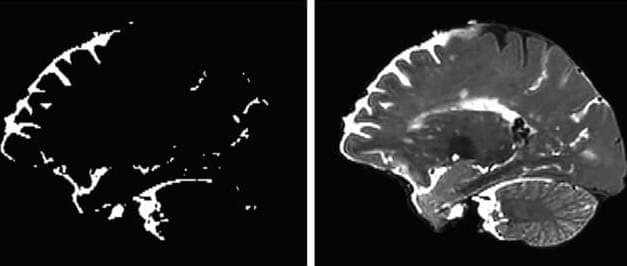Motorized AI webcam makes life feel dynamic again.
Get the latest international news and world events from around the world.

Stellar Giants Forged the Chemical Diversity of Ancient Clusters
“Extremely massive stars may have played a key role in the formation of the first galaxies,” said Dr. Paolo Padoan.
How did the extremely massive stars (EMS) in the early universe help form the oldest star clusters? This is what a recent study published in the Monthly Notices of the Royal Astronomical Society hopes to address as an international team of scientists investigated the role that EMS played in not only forming globular clusters (GCs), but how the latter were responsible for forming the first black holes. This study has the potential to help scientists better understand the conditions of the early universe and what this could mean to better understanding our existence.
For the study, the researchers presented a new computational model to help explain how EMS contributed to GC formation with bodies celestial objects being between 1,000 to 10,000 times as massive as our Sun and containing hundreds of thousands to millions of stars, respectively. Given the massive sizes and short lifetimes of EMS, they go supernova when they die, and the new model postulates they become black holes while releasing massive amounts of chemical and hydrogen that mixes with surrounding gas and dust, resulting in the formation of GCs. Additionally, data obtained from NASA’s James Webb Space Telescope (JWST) discovered nitrogen-rich galaxies had chemical signatures obtained from GCs.
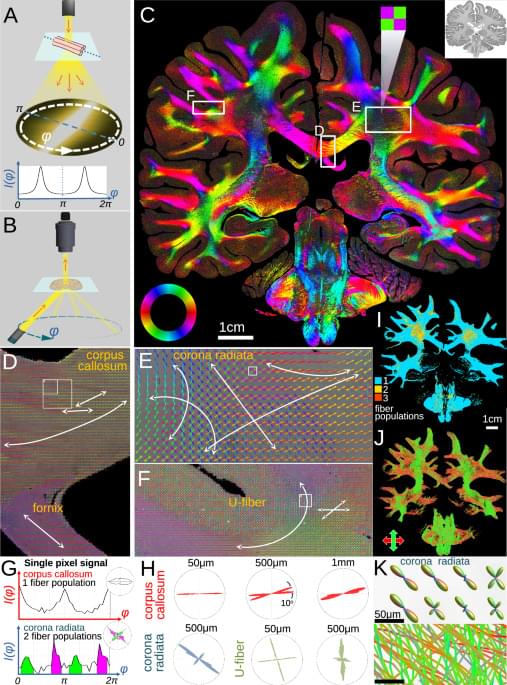
Micron-resolution fiber mapping in histology independent of sample preparation
To understand brain diseases, neuroscientists try to understand the intricate maze of nerve fibers in our brains. For analysis under a microscope, brain tissue is often immersed in paraffin wax to create high-quality slices. But until now, it has been impossible to precisely trace the densely packed nerves in these slices. Researchers from Delft, Stanford, Jülich, and Rotterdam have achieved a milestone: using the ComSLI technique, they can now map the fibers in any tissue sample with micrometer precision. The research is published in Nature Communications.
Micron-resolution fiber mapping in histology independent of sample preparation.
Georgiadis and colleagues conduct micron-resolution fibre mapping on multiple histological tissue sections. Their light-scattering technique works across different sample preparations and tissue types, including formalin-fixed paraffin-embedded brain sections.

Science’s best answer to “where did the Universe come from?”
Perhaps no existential question looms larger than that of our ultimate cosmic origins. At long last, science has provided the answers.
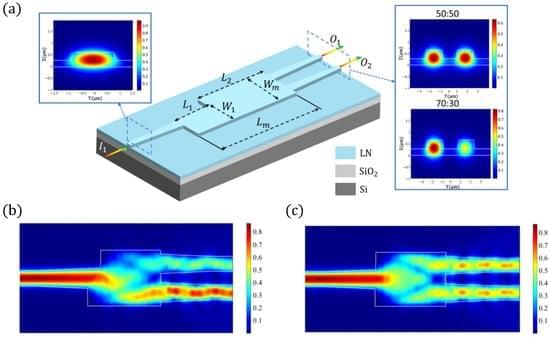
The Design and Characterization of an Ultra-Compact Asymmetrical Multimode Interference Splitter on Lithium Niobate Thin Film
We propose and demonstrate a high-performance asymmetrical multimode interference splitter on X-cut lithium niobate on insulator (LNOI) with an ultra-compact size of 5.8 μm × (26.4–35.6) μm. A rectangle with a small region is removed from the upper left corner of the multimode interference (MMI) coupler to achieve a variable splitting ratio. Here, we design and characterize MMIs in six different distribution ratios ranging from 50:50 to 95:5 on a 600 nm thick LNOI. Based on the cascade structure, the linear fitting method accurately shows the device loss (~0.1–0.9 dB). Our fabricated devices demonstrate robustness across a 30 nm optical bandwidth (1535–1565 nm). In addition, we numerically simulate the Z-cut LNOI, showing that the structure corresponding to the TM mode can also achieve a good variable splitting ratio.

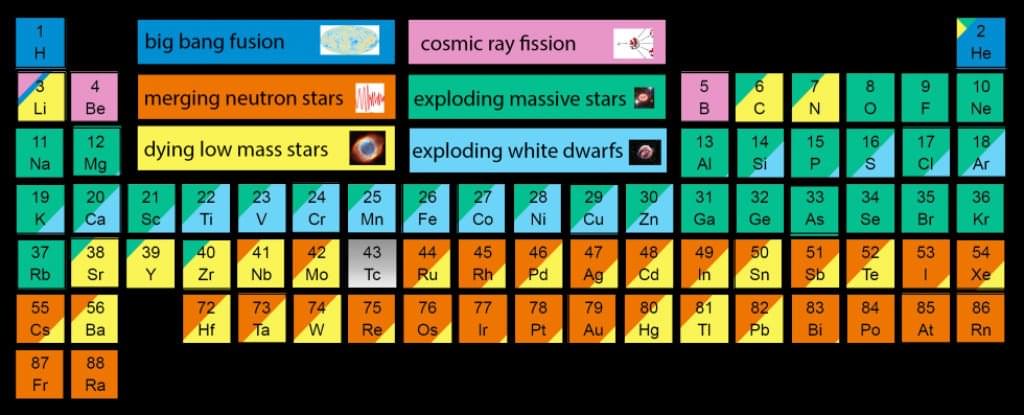
This Awesome Periodic Table Shows The Origins of Every Atom in Your Body
Here’s something to think about: the average adult human is made up of-1 (7 octillion) atoms, and most of them are hydrogen — the most common element in the Universe, produced by the Big Bang 13.8 billion years ago.
The rest of those atoms were forged by ancient stars merging and exploding billions of years after the formation of the Universe, and a tiny amount can be attributed to cosmic rays — high-energy radiation that mostly originates from somewhere outside the Solar System.
As astronomer Carl Sagan once said in an episode of Cosmos, “The nitrogen in our DNA, the calcium in our teeth, the iron in our blood, the carbon in our apple pies were made in the interiors of collapsing stars. We are made of starstuff.”
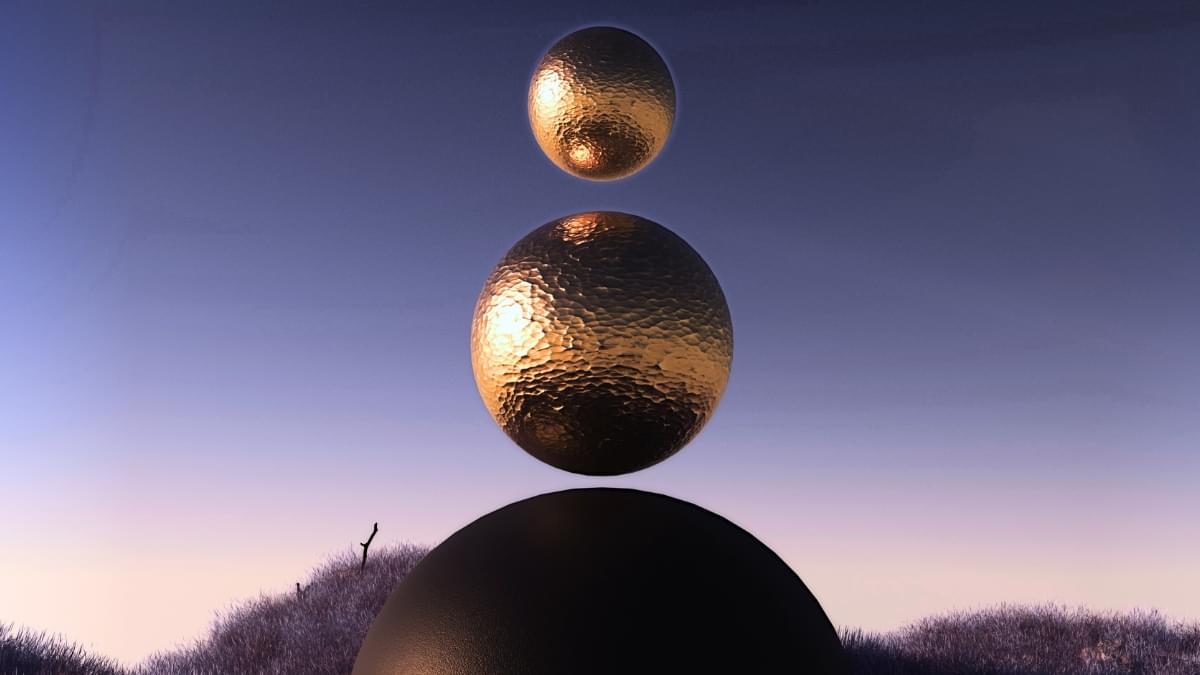
Physicists Just Ruled Out The Universe Being a Simulation
A question that has vexed physicists for the past century may finally have a solution – but perhaps not the one everyone was hoping for.
In a new, detailed breakdown of current theory, a team of physicists led by Mir Faizal of the University of British Columbia has shown that there is no universal “Theory of Everything” that neatly reconciles general relativity with quantum mechanics – at least, not an algorithmic one.
A natural consequence of this is that the Universe can’t be a simulation, since any such simulations would have to operate algorithmically.
